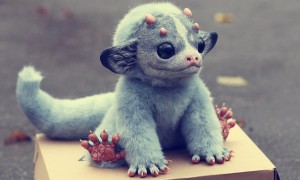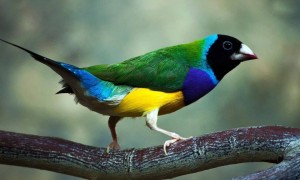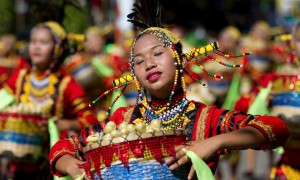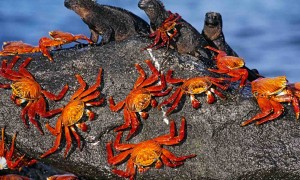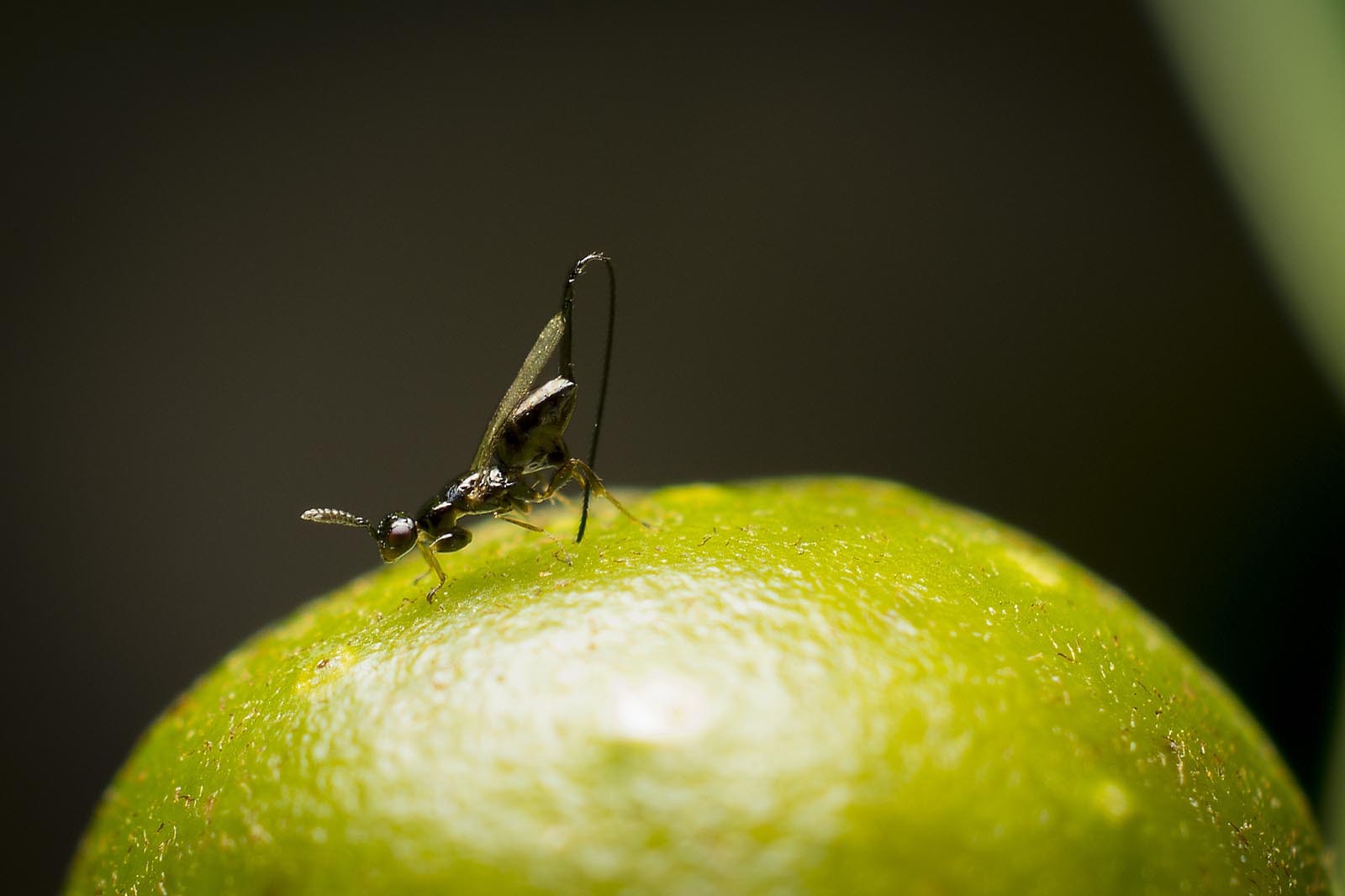
When it comes to accidental ingestion of insects, each 6-year-old will tell you that black spots on bananas are eggs of tarantulas, that every night you swallow three centipedes while you sleep, and that figs are full of baby wasps.
With a quick search on the Internet you immediately understand that the first two are just legends. In the third, however, can come across quite disturbing images of figs filled with insects.
Do not look particularly tasty, but there is no reason to reject figs yet. These small insects are actually fig wasps and play an essential role in the life cycle of the fig tree as its sole pollinator.
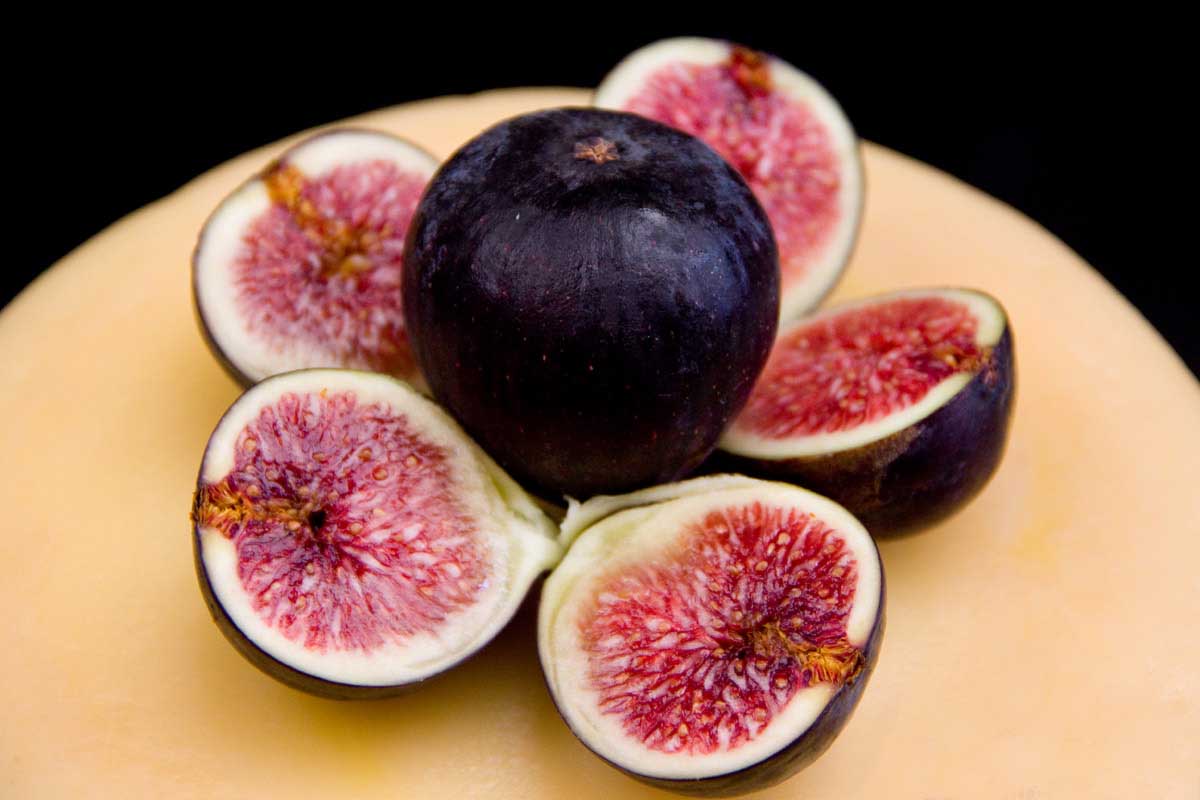
This means that to reach the pollen from one plant to another fig, fig wasps have to do all the work. In return, the fig tree provides wasps their only source of food and shelter. This symbiosis is called mutualism. The plant and wasp depend on each other to survive.
But what happens when the figs ripen and it is time to pick it? Are there still wasps in it? Are food companies to draw wasps before making fig jam? Or young children have always been right and actually eat baby wasps?
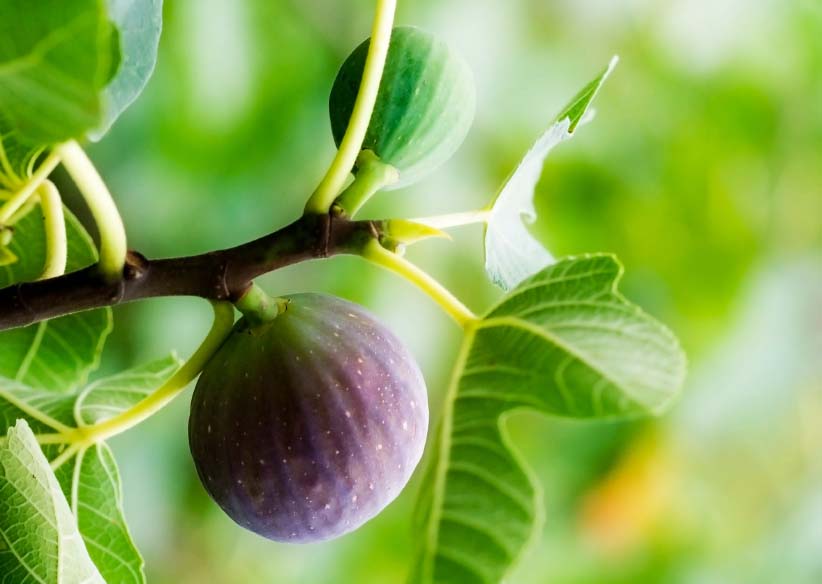
To better understand the dilemma of eating figs, you must first look at the lifecycle of the plant and the insect. Their current relationship is not formed in one day – were needed millions of years of evolution.
Fig wasp and fig tree have a common goal – reproduction. To do this, the plant must share its genetic material (in the form of pollen) with another of its kind, while the wasp needs a place where larvae grow and eat. You could say that the fig tree wasp is like a tenant and fig tree is the landlord, which takes rent in the form of pollen.
What we call the fig fruit is actually more back inflorescence than fruit because all reproductive parts are inside. Once the female wasp find fig fruit, she needs to get to the center of it, where to lay her eggs. To get there, it passes through a narrow opening called ostiole. This passage is so small that wasp loses her wings and antennae while passing through it. Once inside, she can not escape. But whether it is the right place?
Fig plants born two types of fruit – male and female. If the female wasp entered the male fig, she will find male reproductive parts, which are ideal for eggs to lay. After they hatch, the blind, wingless male wasps spend the rest of their life digging tunnels in the fig. Then the female wasps go through these tunnels and fly off in search of another fig – carrying with them the precious pollen.
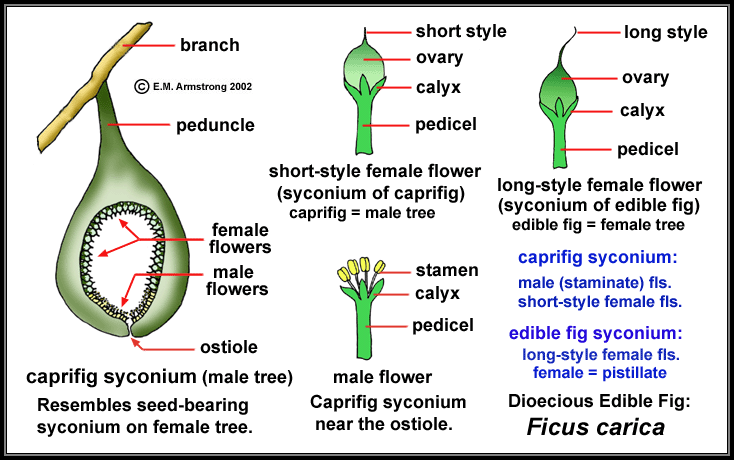
If the female wasp entered the female (eatable) fig fruit, she ultimately died of exhaustion or starvation. Female flowers have a long spike, which prevents attempts of wasp to lay her eggs there. She may die, but managed to take the pollen from male fruit. So farmers have male figs, which are full of wasps eggs and female figs, which are filled with male fruit seeds.
Edible figs are not filled with baby wasps, but that means that there will be many female wasps died lonely in there?
Most figs plants grown for commercial purposes, are pollinated by wasps. And yes, edible figs have at least one dead wasp in it. Yet do not imagine some repulsive fruit, full of insects. All this is part of a mutually beneficial relationship between the fig tree and the fig wasp.
When the female wasp dies in edible fig, the enzyme ficin turns the insect in protein. Fig wasp is generally digested by the fruit, making it part of the mature fig fruit. Crispy things in the fig fruit are its seeds rather than anatomical parts of the wasp.
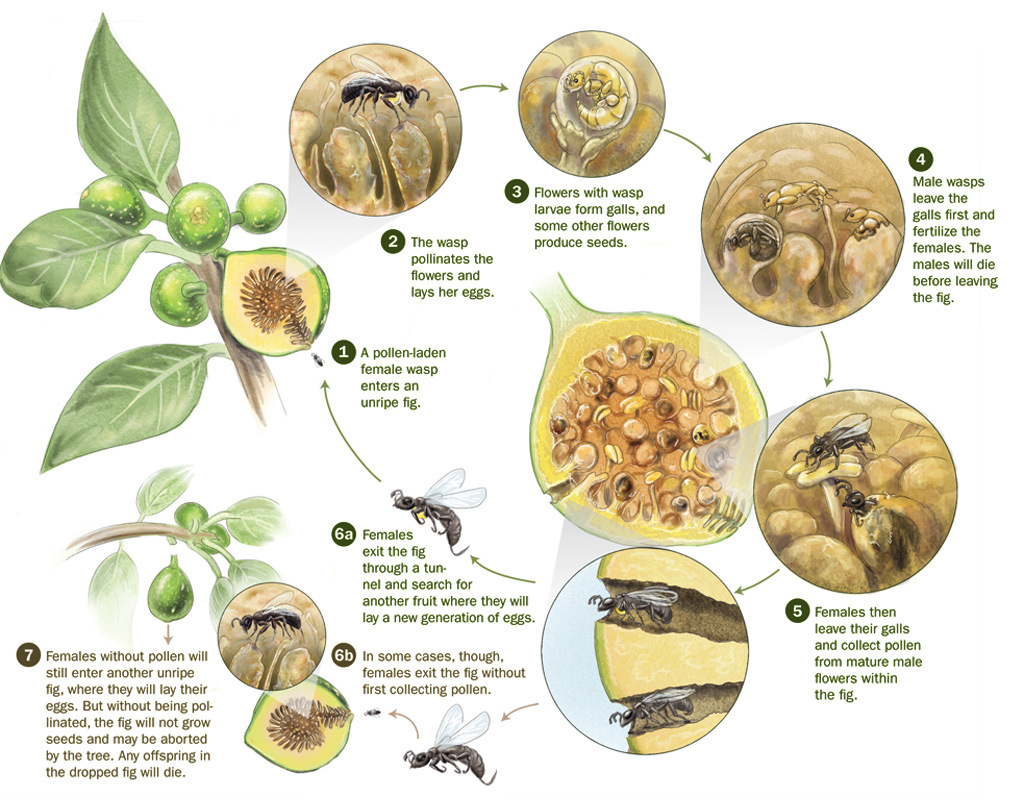
Farmers want to reduce the number of wasps in their figs to a minimum. Although the insect is mandatory for the pollination of the fig tree, too many wasps in the fetus may lead to over-pollination. Then the fig tree is filled with so many seeds that literally burst. This is good for the plant, but is bad for farmers. To prevent it, they separate male and female plants on long distances. Farmers also place controlled number of new wasps to limit how many females have access to a tree. Thus, in commercial figs that we buy from the store, there were as little as possible wasps.
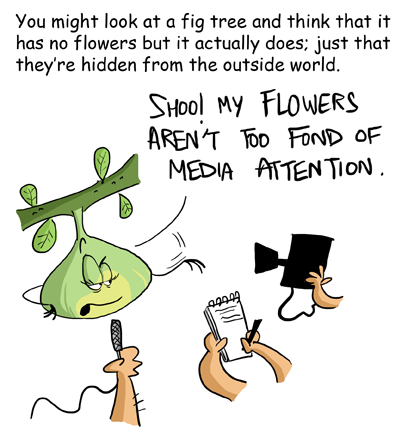
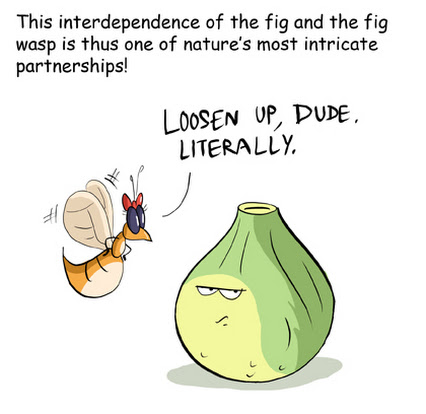
Some people do not accept any explanation and refuse to eat figs only because it may have insects inside. Wasps however simply fulfill their important role in nature. There are more than 900 species of fig wasps and each of them is responsible for pollination of one or two kinds of figs. Without these small insects, there would be no figs – and vice versa.



